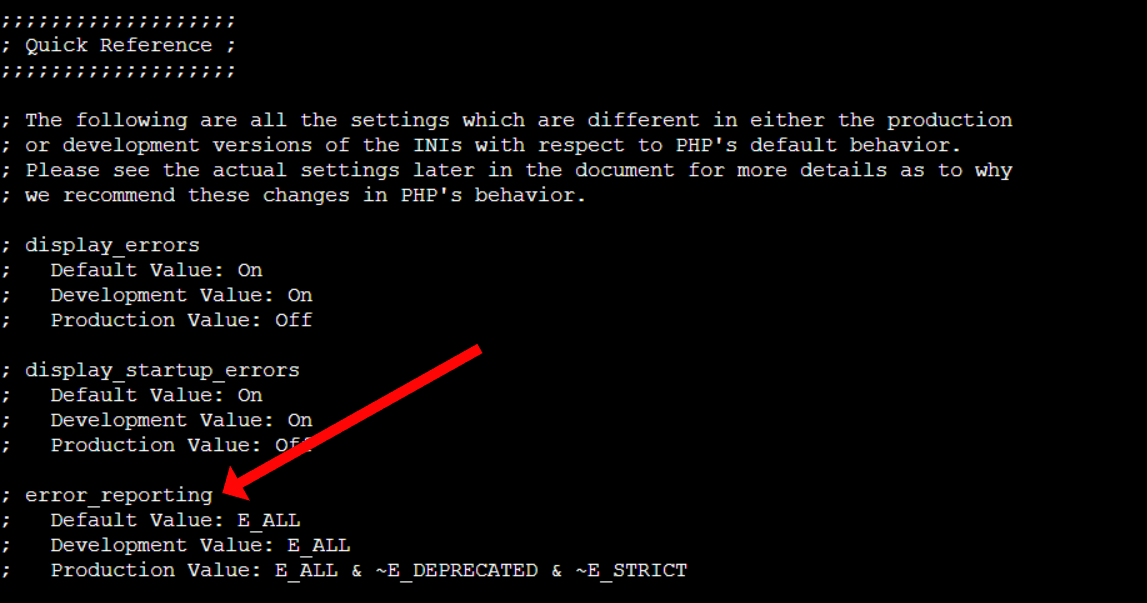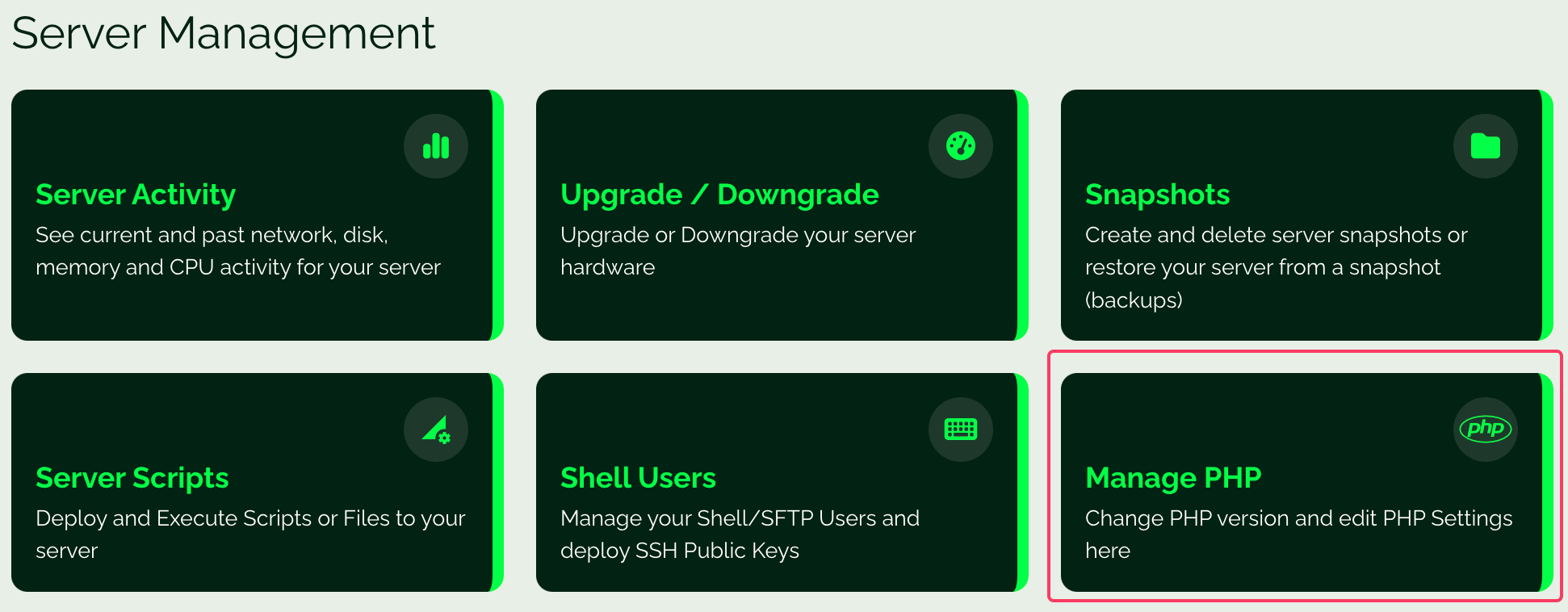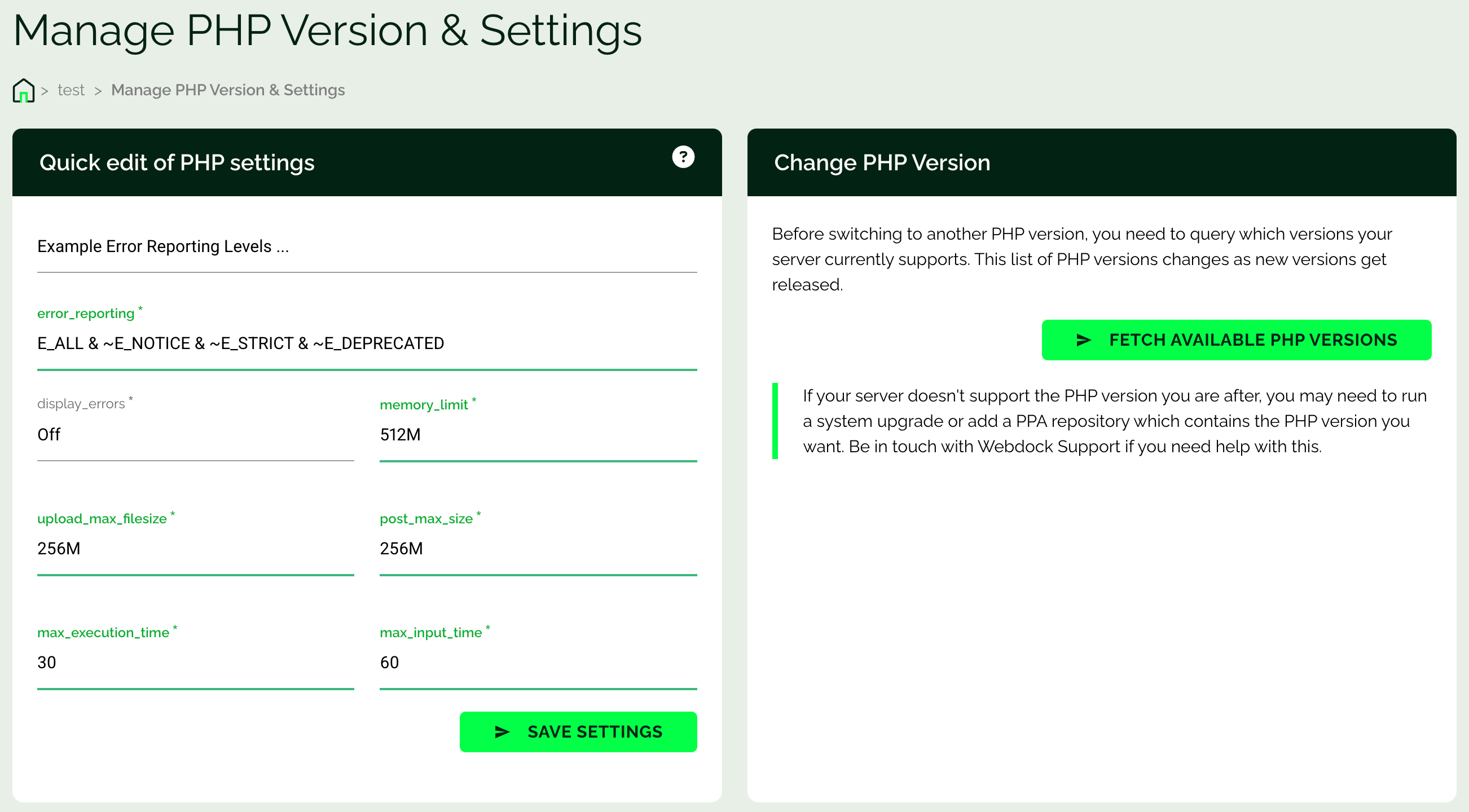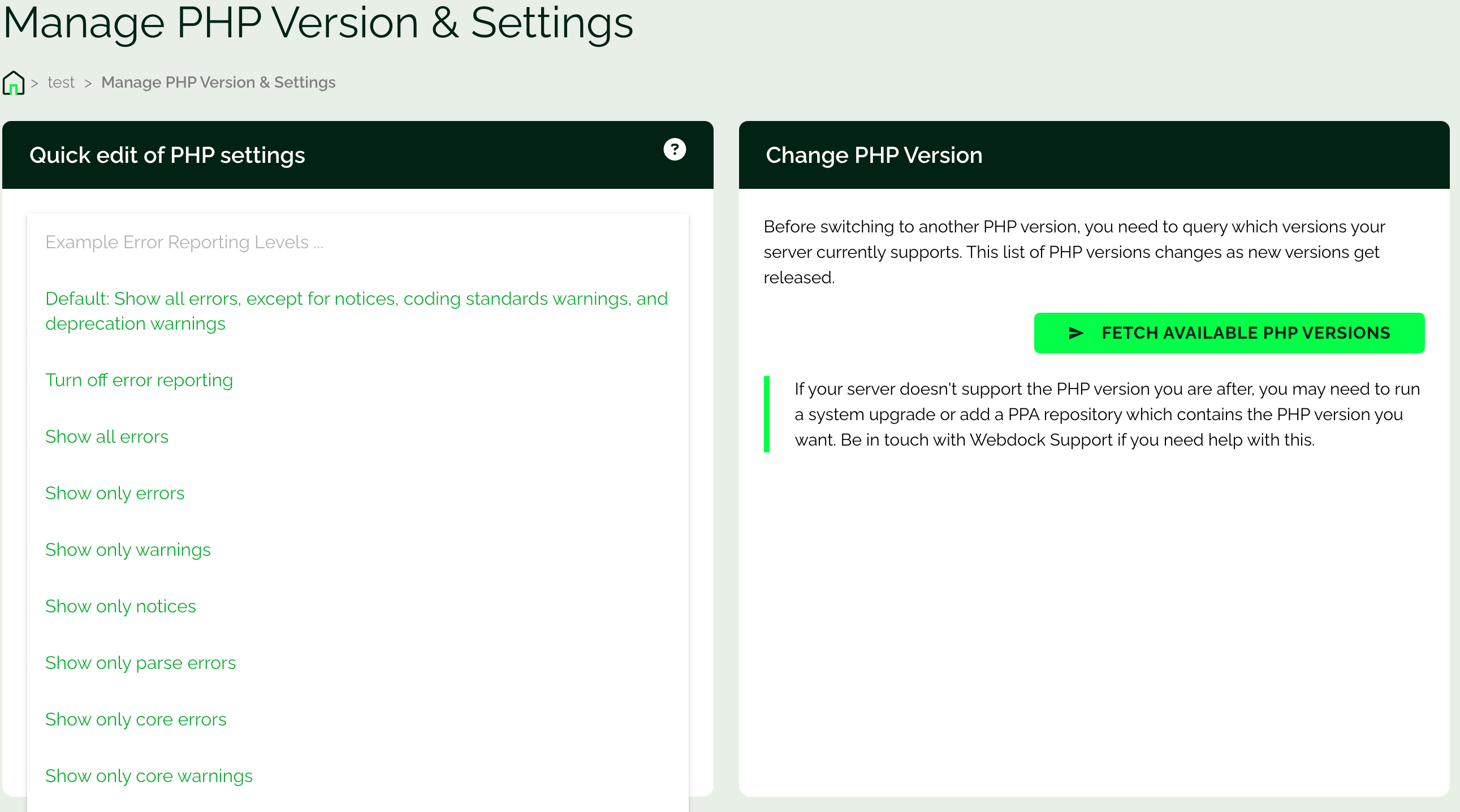Introduction
Welcome to the grand finale of my ongoing series on "Introduction to Web Server Setup & Management." This epic journey has been carefully crafted to help you master web servers and their seamless user interaction. By the time we're done, you'll possess all the skills needed to optimize your web server for an extraordinary user experience.
What sets this series apart is its versatility – it doesn't limit itself to specific programming languages or environments. The knowledge gained here can be applied across various platforms, making it a valuable addition to your skill set. As a bonus, throughout this adventure, we'll delve into why Webdock has developed its services remarkably.
In today's article, get ready for some PHP optimization magic! Our comprehensive guide will empower you with techniques that enhance your PHP applications and elevate your code game. Discover different PHP settings tailored just for you and best practices that guarantee success. Plus, brace yourself for invaluable tools designed specifically for testing and analyzing your code like never before!
So buckle up because we're about to take off on another exhilarating learning expedition together! Stay tuned!
What is PHP Config?
In web development, "PHP Config" commonly pertains to the configuration settings associated with PHP (Hypertext Preprocessor).
PHP is a server-side scripting language extensively utilized in web development for generating dynamic web pages and applications.
The PHP configuration settings, also called "php.ini," encompass parameters that dictate different facets of how PHP functions on a web server. These customizable configurations enable developers to customize the behavior of PHP to their individual website or application needs.
PHP can be configured to control many aspects of its behavior, including:
Error Reporting
You can configure how PHP handles and reports errors, warnings, and notices. For example, you can display the mistakes on the screen, log them to a file, or ignore them altogether.
File Uploads
PHP allows you to control the maximum size of file uploads and other settings related to file uploads. For example, you can specify which file types can be uploaded and where uploaded files are saved.
Session Management
PHP supports session management, and you can configure session-related settings like session timeout, session storage, and session cookie settings. For example, you can choose how long a session should last before it expires and where session data should be stored.
Database Connections
By setting database-related parameters, you can configure PHP to connect to various databases, such as MySQL, PostgreSQL, or SQLite. For example, you can specify the database name, username, and password.
Resource Limits
You can set limits on resource usage, like memory allocation and execution time for PHP scripts. This can help to prevent your server from becoming overloaded.
Security Settings
PHP has various security-related settings that can be configured to protect your application from common vulnerabilities. For example, you can turn off certain functions that are known to be dangerous or configure PHP to run in a sandboxed environment.
Date and Time Settings
You can configure your PHP scripts' default time zone and date format. This is important for ensuring that dates and times are displayed correctly.
Extensions
PHP has a wide range of extensions and modules that can be turned on or off in the configuration to extend its functionality. For example, you can extend the GD to add image-processing capabilities to your PHP scripts.
PHP configuration settings are stored in a file called php.ini. This file is located on the web server and can be edited by system administrators and developers to change how PHP works.
Changing PHP configuration settings can make your web application more vulnerable to security threats or cause it to malfunction. Understanding PHP and its configuration options is crucial before making changes to the php.ini file.
Configuring PHP Config
As mentioned earlier, you can customize the behavior of your PHP applications by modifying the php.ini file. Here, I will explain how to change some standard PHP configuration settings:
Error Reporting Verbosity
You can adjust Error reporting in PHP to different verbosity levels, which helps debug and monitor application behavior. The error_reporting directive controls the level of error reporting.
To change the error reporting level, open your php.ini file:
$ sudo nano /etc/php/8.2/cli/php.ini
Make sure to change the PHP version in this command to reflect your preference. So, if you run PHP 8.1, the command would be sudo nano /etc/php/8.1/cli/php.ini
Look for the error_reporting directive, which will look like this:
Here, E_ALL means that all error types are reported. You can change it to a different level, such as E_ERROR, E_WARNING, or E_NOTICE, according to your needs.
Save the file by pressing CTRL + X and Y, then restart your server.
Adjust Upload Limits
PHP also enables you to manage the maximum file size and other settings associated with file uploads. These configurations are crucial if your application uploads files, such as images or documents. Here are some relevant directives:
- upload_max_filesize: This setting controls the largest file you can upload to your website. It's measured in bytes, but you can use abbreviations like "2M" for 2 megabytes or "100K" for 100 kilobytes.
- post_max_size: This setting controls the largest amount of data PHP will accept when you submit a form. It should be equal to or greater than upload_max_filesize to allow large file uploads.
Like Error Reporting Verbosity, open the php.ini file, look for the directives upload_max_filesize and post_max_size, and adjust their values according to your requirements.
Save the file and restart the system.
These steps would be typical for changing all configurations. To save time, you can always make changes to simultaneous directives, save the file, and restart the system.
Adjust Memory Limit
This setting controls how much memory PHP scripts can use. You may need to increase this setting if your scripts need more memory, especially if they are complex or use many resources.
For example, if you are running a script that uploads large files, you may need to increase the memory limit so that the script has enough memory to complete the upload.
Execution Time Limit
This directive allows you to set the maximum execution time for PHP scripts. If you have scripts that take a long time to run, increasing this limit can help prevent timeouts.
Display Errors
Enabling this directive will show PHP errors in the browser. It helps troubleshoot purposes but should be disabled in a production environment for security reasons.
Log Errors
You can configure PHP to log errors by specifying the path to an error log file.
Adjust Date and Time
To avoid date and time-related issues in your applications, you can set the default timezone for PHP.
As mentioned, once you have made the necessary modifications, remember to restart your web server (such as Apache or Nginx) to apply the updated PHP configuration.
It is always advisable to keep a backup copy of your original php.ini file to revert to default settings if needed.
Configuring PHP in Webdock
Accessing the php.ini file whenever you need to modify your PHP configuration can be a hassle. But Webdock has developed a sleek and easy way to take care of your php.ini modifications!
With Webdock, you can easily change your PHP configuration settings without worrying about directly accessing or editing the php.ini file. This can save you much time and hassle, especially if you're unfamiliar with PHP configuration.
Simply navigate to the Server Management section on your server’s dashboard and click the Manage PHP tab.
Then, change the required directives by changing its value and hit save.
For added convenience, you can also select error-reporting templates from the dropdown. This will eliminate the need to remember the format of the error reporting command.
That’s it! How easy was that?
Conclusion
To sum up, having a good grasp of PHP environment configuration and optimization is essential for developers. It can save you numerous hours of annoyance and troubleshooting.
By dedicating time to understanding the intricacies of PHP configuration, you can enhance your server's capacity to handle more requests efficiently, leading to quicker load times and better performance.
So don't hesitate! Delve into PHP configuration confidently, equipped with knowledge and tools that will enable you to optimize your code like an expert!
Meet Aayush Nair, a WordPress website designer with almost a decade of experience who doesn’t only craft visually appealing websites but also has a knack for writing engaging technology blogs. In his spare time, he enjoys illuminating the minds around him.





